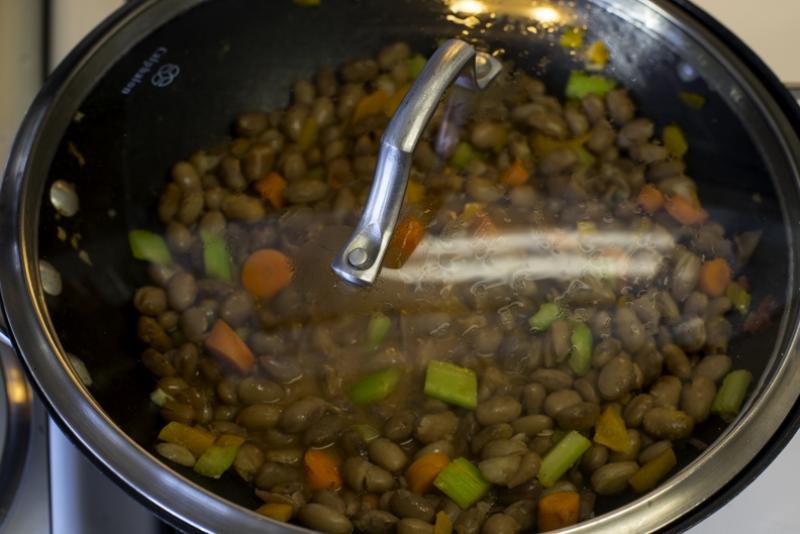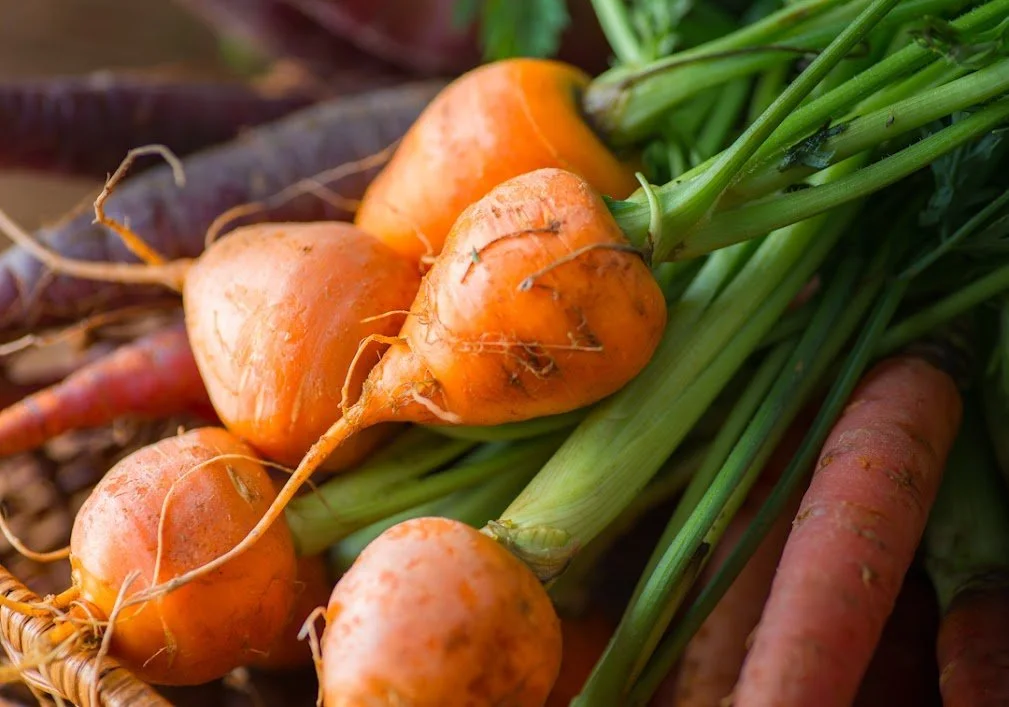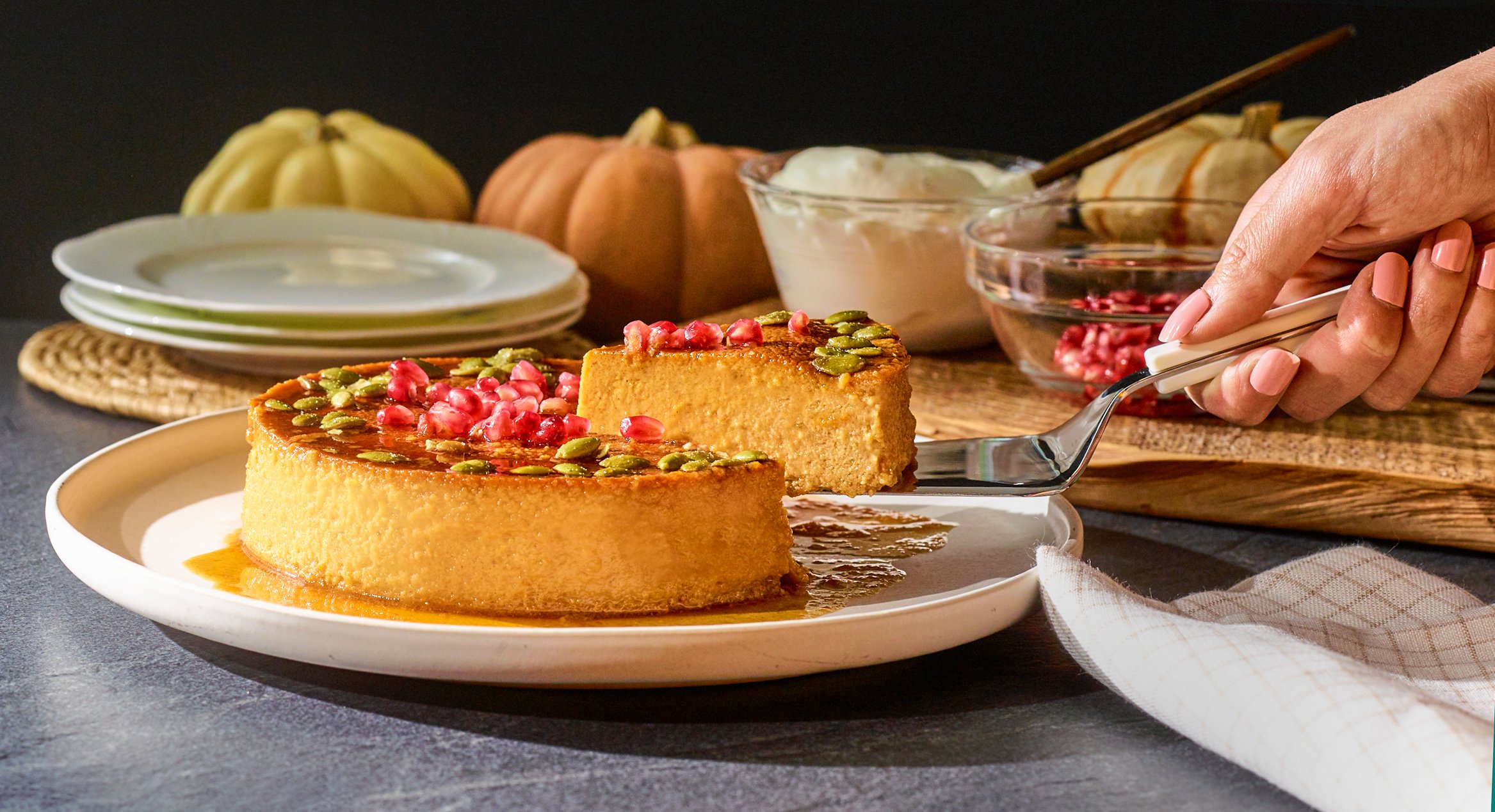Recipes - Delicious & Healthy - Free Sample Library
Food and Health Communications’ recipes follow the DASH diet, Dietary Guidelines for Americans recommendations, and MyPlate guidelines. Unlike many magazines, cookbooks, and online and social media recipes, our recipes are designed to use less saturated fat, added sugar, and sodium. They are based on nutrient-dense, whole food. We also strive to use readily available, less expensive ingredients and normal kitchen equipment to increase accessibility. Let us know if you have questions or requests - we constantly create more so subscribe to get weekly updates!
Butternut Red Curry Chicken
Red Curry Chicken is a delicious Thai dish known for its rich and flavorful red curry sauce. Here's a simple recipe for making Red Curry Chicken at home with a butternut squash or pumpkin base to add more richness and nutrients.
Lean Turkey Chili
This chili is perfect for winter and after the holidays. It is a warm and easy dish chocked full of fiber.
Banana Cream Pie
This yogurt coupe is healthy but decadent - it is great for breakfast, snacks, and dessert!
Best Light Pumpkin Pie
The history of pumpkin pie can be traced back to early Native American and European culinary traditions. Here's a brief overview of how pumpkin pie has evolved over time:
Native American Roots:
Pumpkins and other squashes are native to the Americas, and they were cultivated by Native American tribes for centuries before the arrival of Europeans. Indigenous people cooked pumpkins by roasting or boiling them and used them in a variety of dishes.
European Influence:
When European settlers arrived in North America, they encountered pumpkins and squashes, which were unfamiliar to them. The colonists quickly adopted these foods into their diets, often adapting Native American culinary practices. They began using pumpkins in pies and other dishes.
Early Pies:
Early versions of pumpkin pies in colonial America were quite different from the pies we know today. They were made by hollowing out the pumpkin, filling it with a mixture of milk, spices, and sweeteners, and then baking the whole thing. The resulting dish was more like a custard baked in a pumpkin shell.
Evolution of Ingredients:
Over time, the recipe evolved. The English tradition of making sweet pies using a pastry crust led to the development of the pumpkin pie we are familiar with today. Early recipes used a mixture of pumpkin, spices, and sometimes honey, and they were baked in a pie crust.
Thanksgiving Connection:
Pumpkin pie became associated with Thanksgiving in the 19th century. Sarah Josepha Hale, a prominent editor and writer, campaigned for Thanksgiving to become a national holiday, and she included pumpkin pie in her vision of the feast.
Canned Pumpkin:
In the late 19th century, canned pumpkin became available, making it easier to make pumpkin pie with consistent results.
Modern Pumpkin Pie:
Modern pumpkin pie recipes typically use canned pumpkin puree, which is made from a specific type of pumpkin known as the Dickinson pumpkin. This variety is smoother and has a milder flavor than the pumpkins traditionally used for carving.
Variations:
While the traditional pumpkin pie with its blend of spices (cinnamon, nutmeg, cloves) remains popular, there are now many variations, including adding whipped cream, pecans, or even turning it into a cheesecake-like dessert.
Pumpkin pie has become an iconic dish during the fall and Thanksgiving season in the United States and Canada. Its history reflects the blending of Native American and European culinary traditions and the evolution of ingredients and cooking methods over the centuries.
Apple-Chai Mocktail
Here is an alcohol-free drink that is so delicious you must make a big batch! We love the flavor layering from kombucha to chai spiced syrup to apple juice, apple cider vinegar, orange juice, and turmeric orange syrup.
Holiday Mocktail
A holiday mocktail is a non-alcoholic drink that captures the festive spirit of holidays with its flavors, colors, and presentation. It's a great way for everyone to enjoy a special and refreshing drink, whether they don't consume alcohol or simply want a lighter option. Here's a simple and delicious holiday mocktail recipe for you.
Roasted Turkey Breast
Buying a turkey breast saves money, time, and cleanup. It is perfect for a smaller group.
Pumpkin Flan
I think this pumpkin flan is one of my favorite pumpkin desserts ever. The rich caramel drips down the firm, spicy, custard-rich pumpkin flan and is a show stopper. There is no pie dough needed! Don’t you love the color-rich pomegranate arils on the top?
Pumpkin Latte
We looked high and low for a pumpkin latte that would be rich, spicy, pumpkin-forward, and not too sweet. And we found it! Check out this one! The recipe is so easy!
Spinning Salad
Using a salad spinner is a great way to ensure that your lettuce remains crisp and doesn't dilute the flavors of your salad with excess water. It's a simple but effective tool that can be very handy in the kitchen, especially if you enjoy making salads regularly.
Do you want access to over 1000 healthy, delicious recipes (and counting)?





















